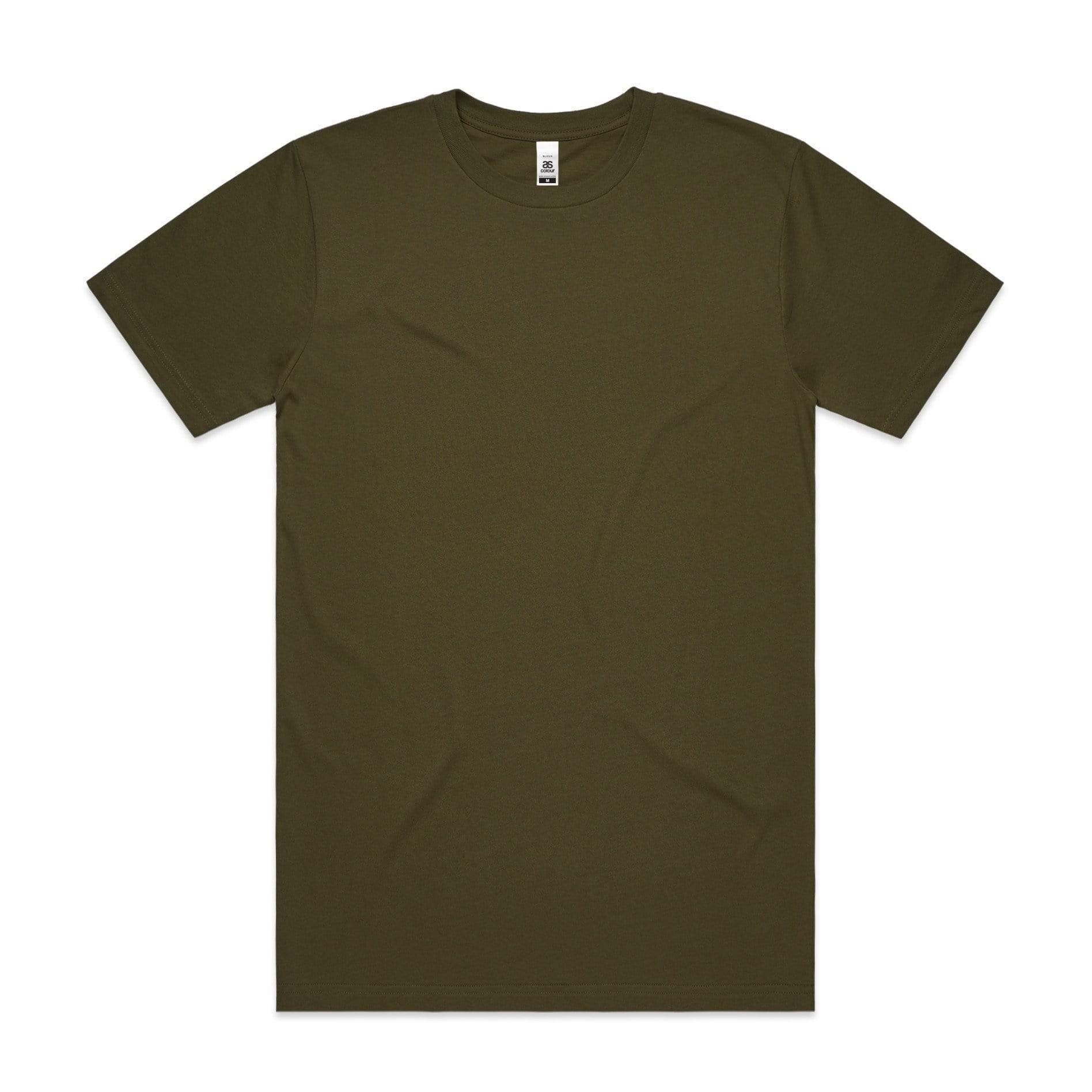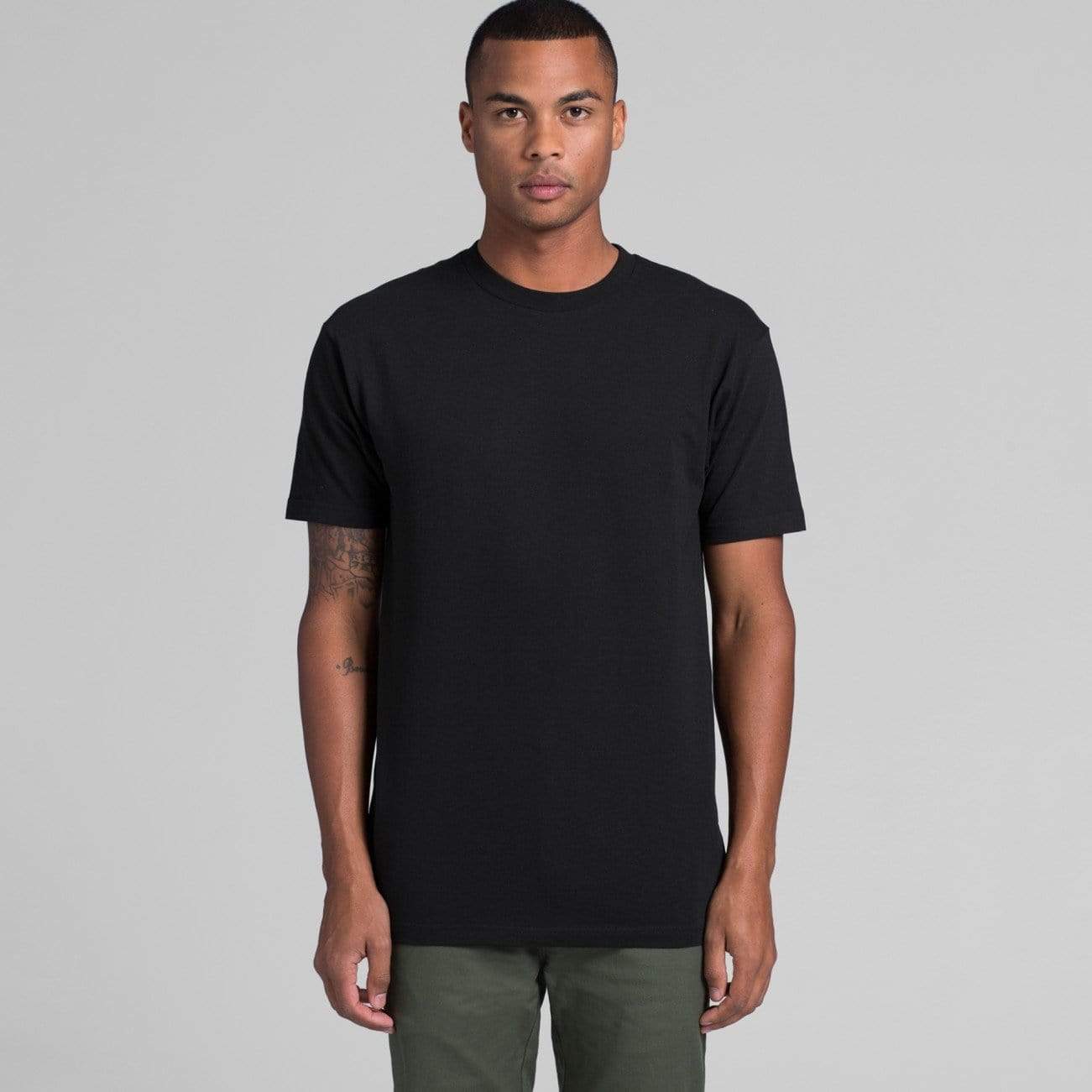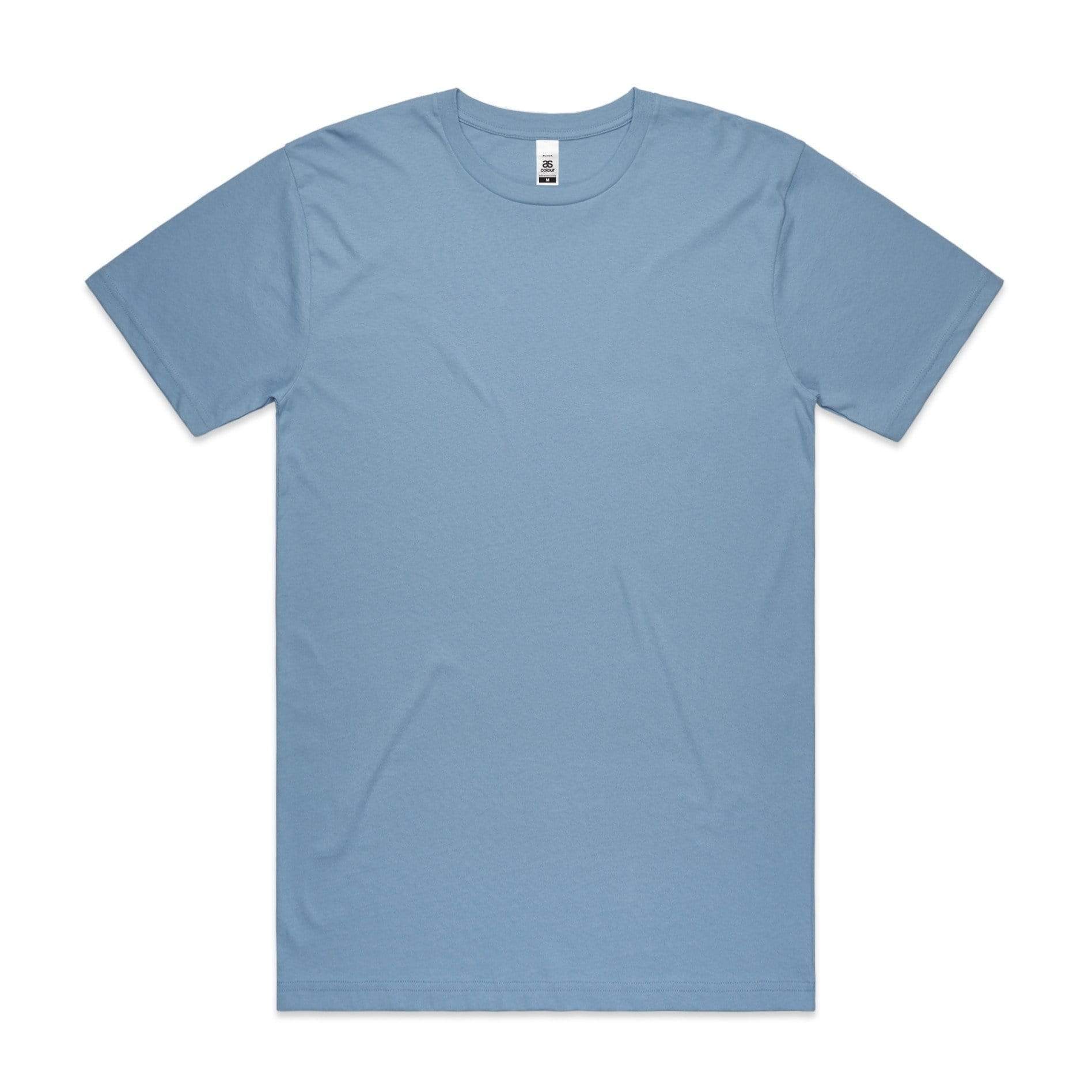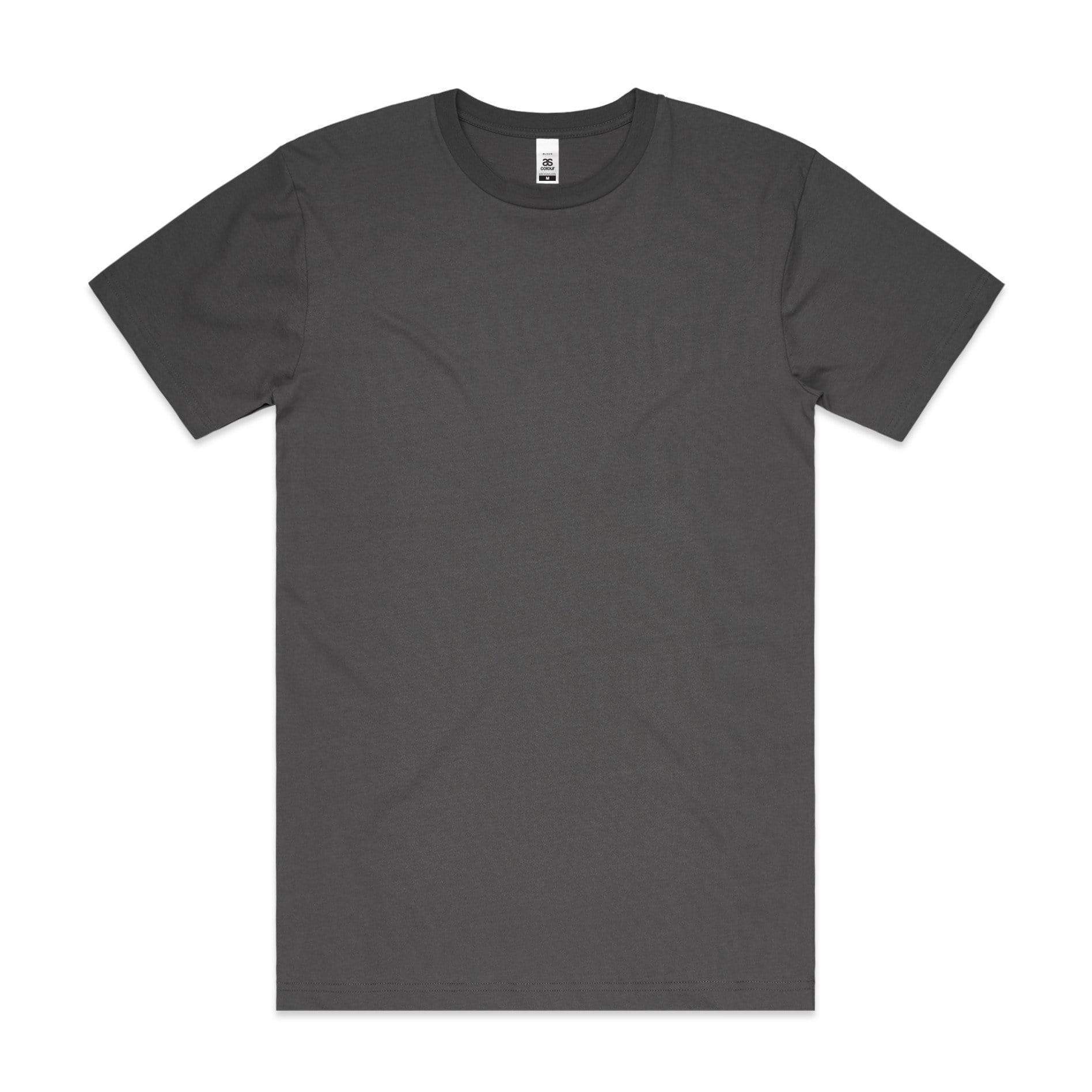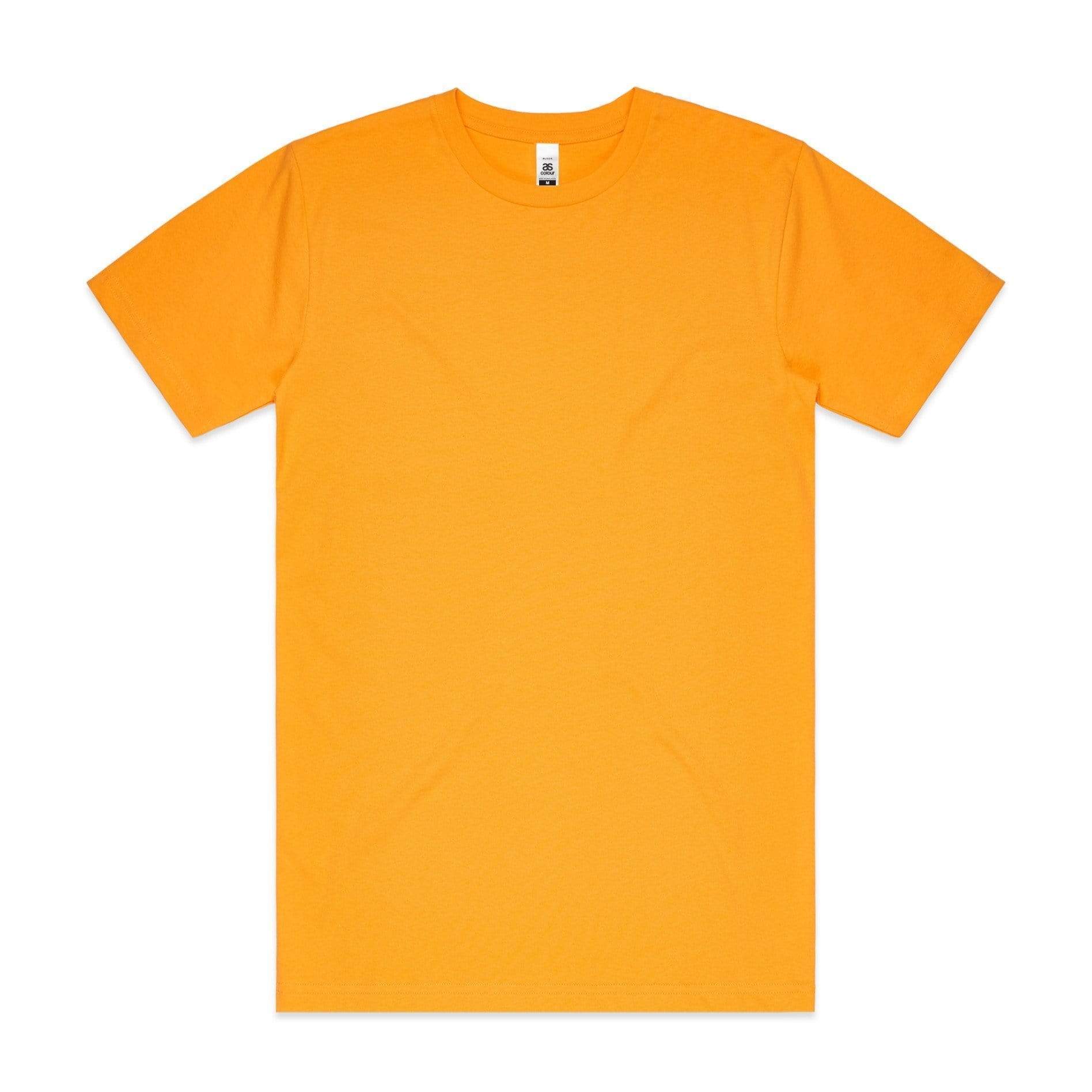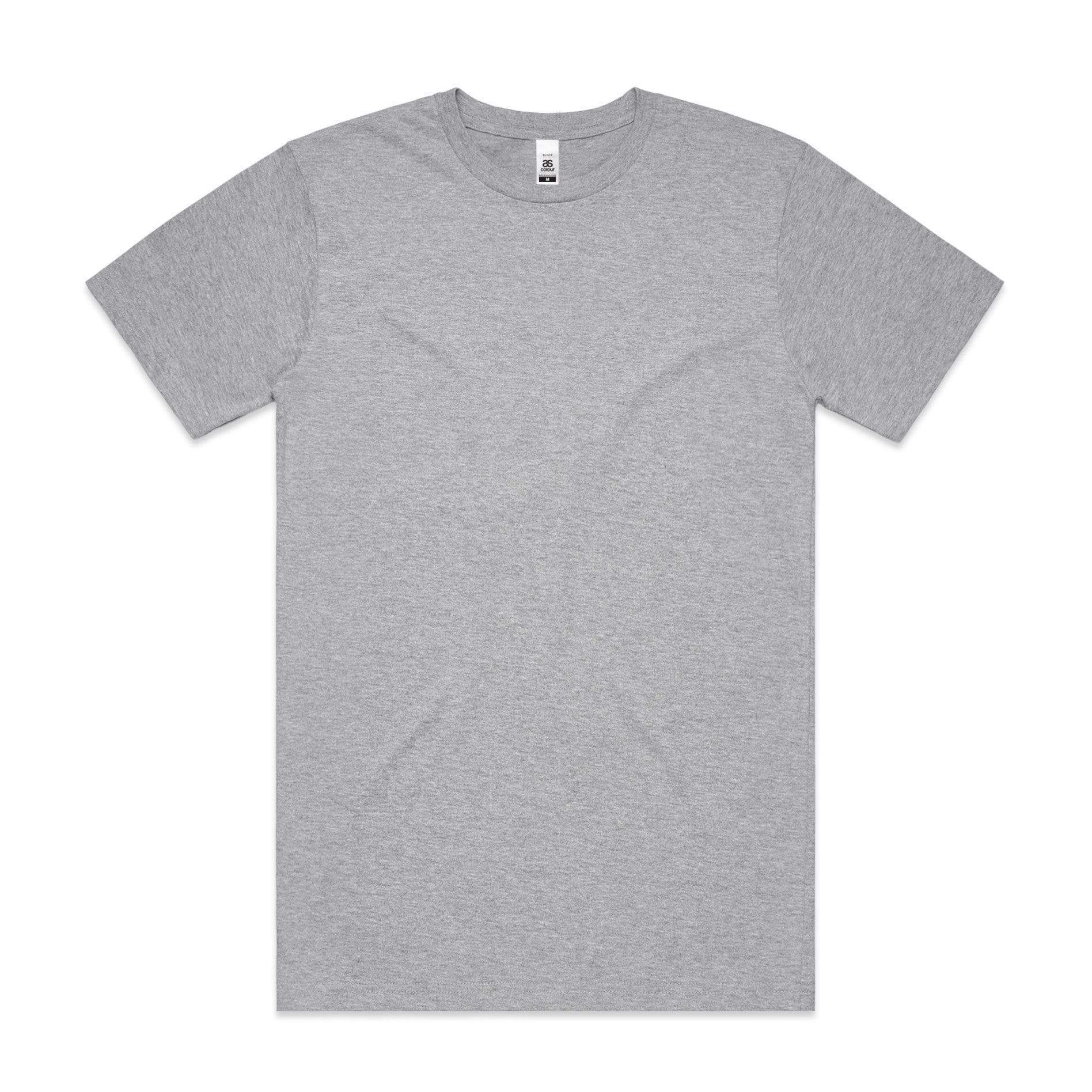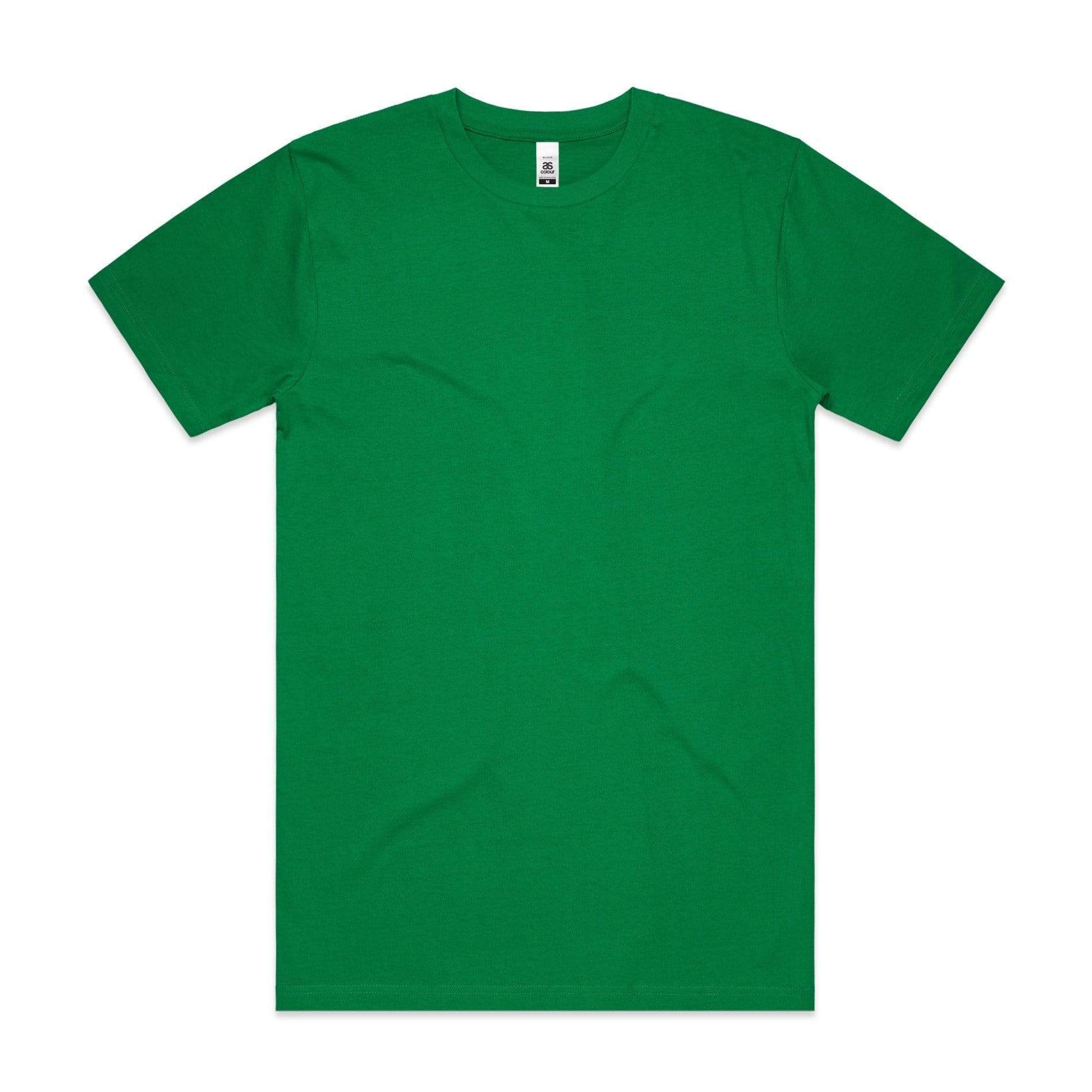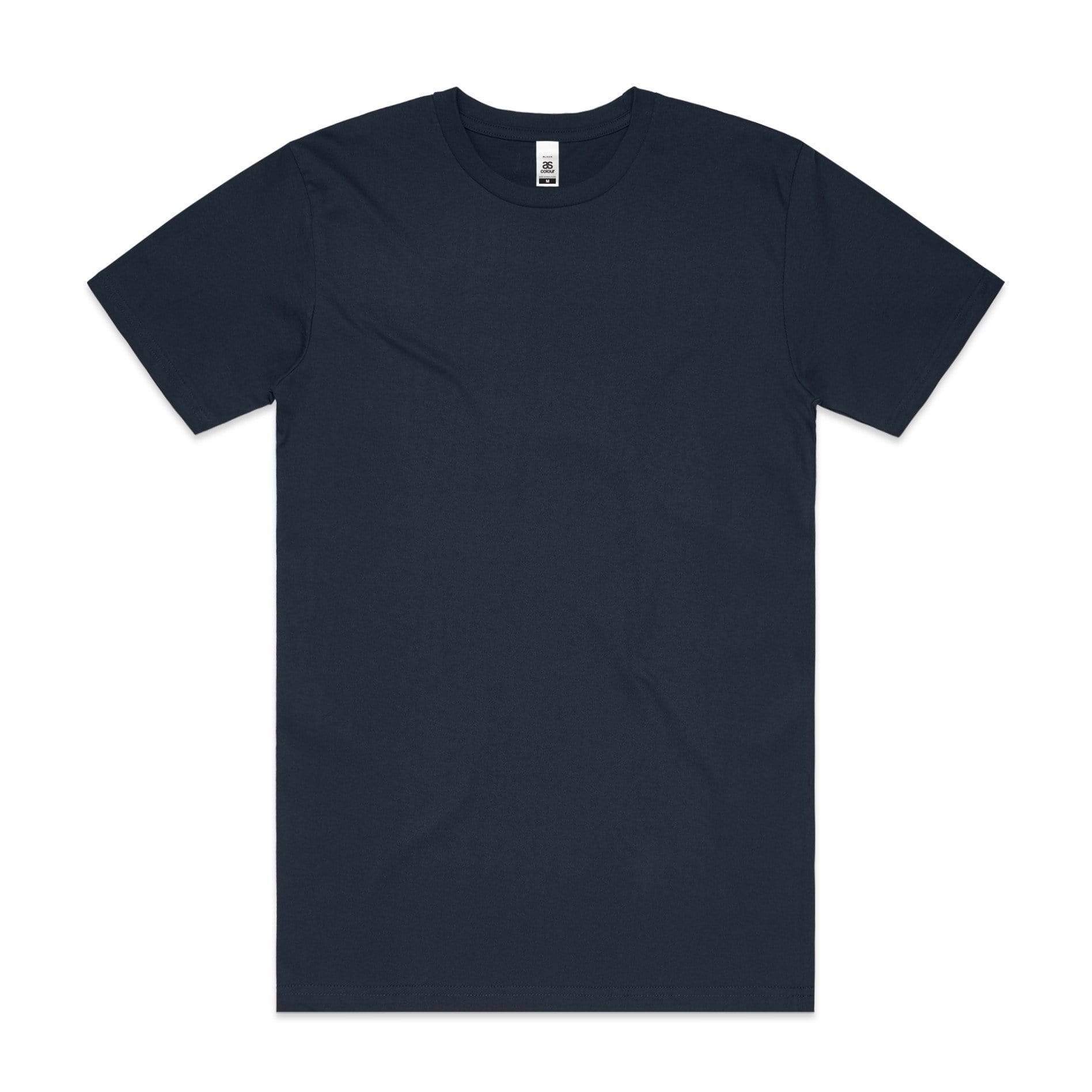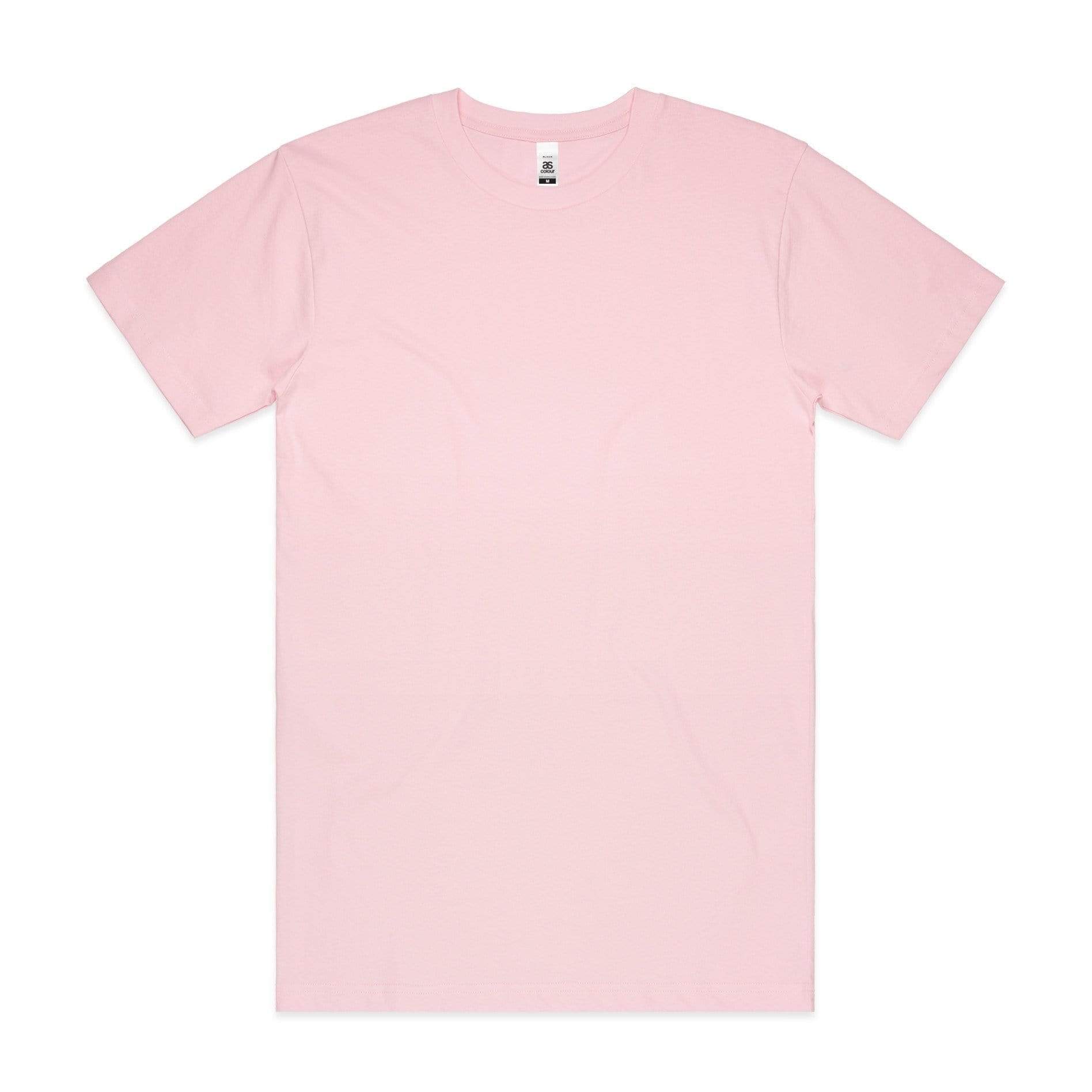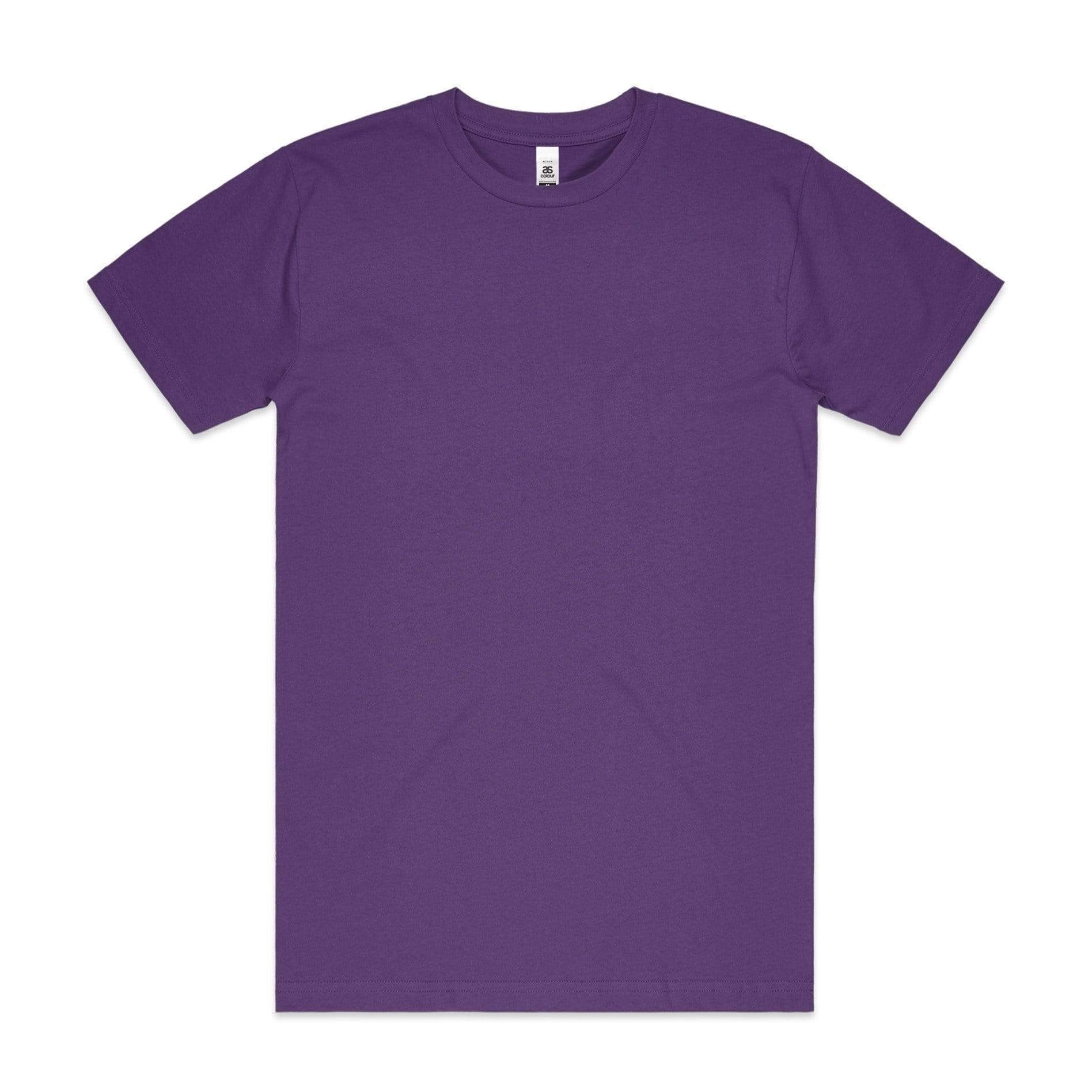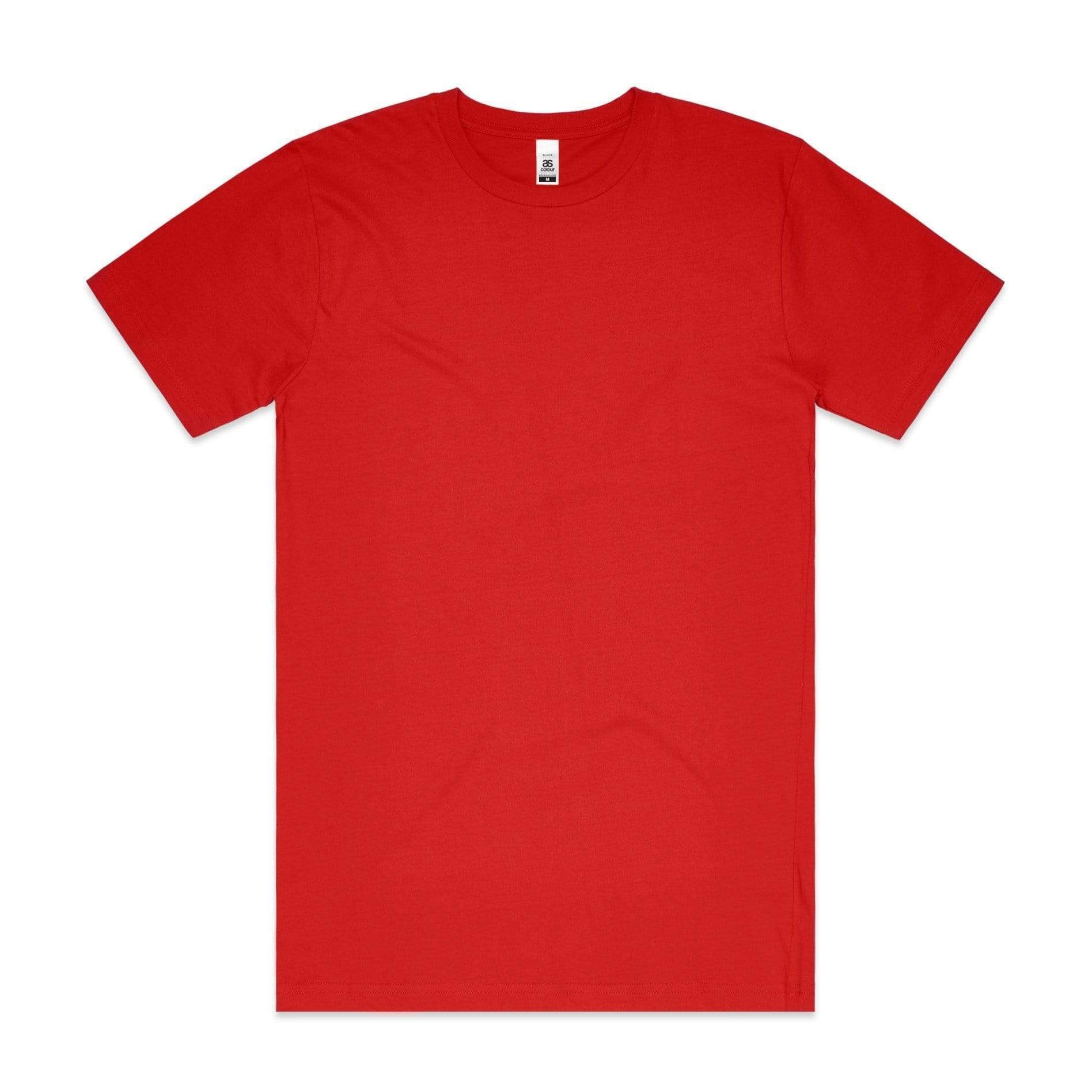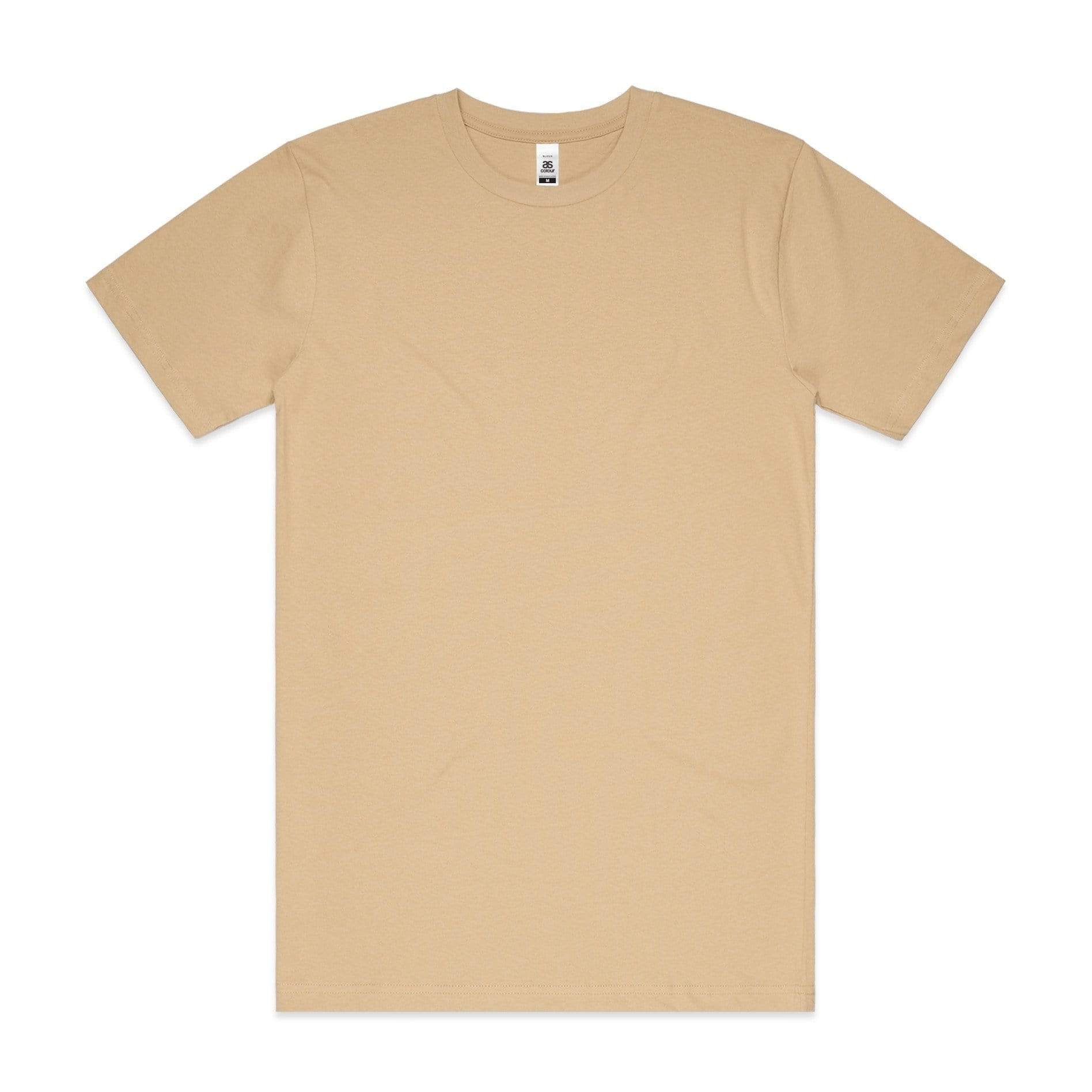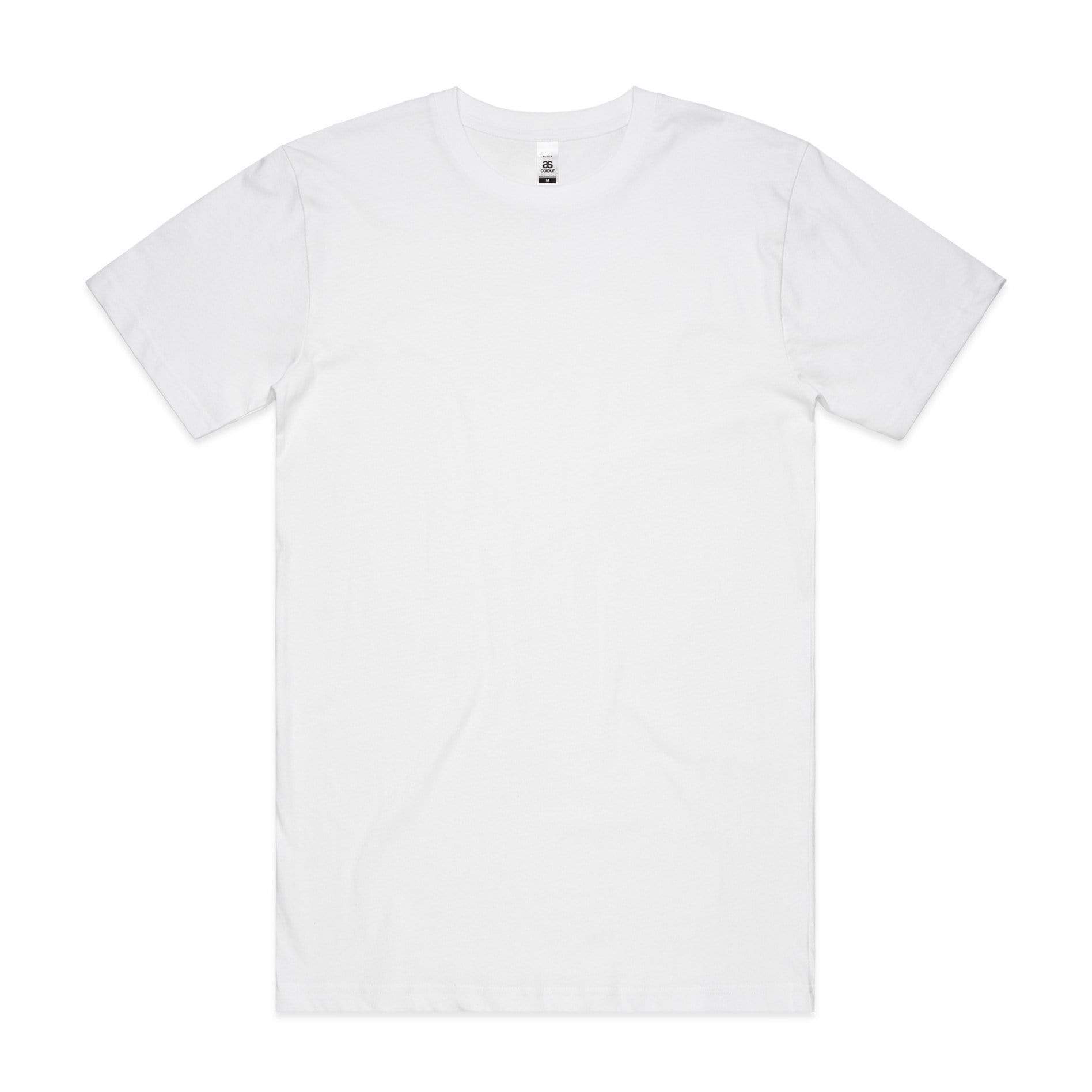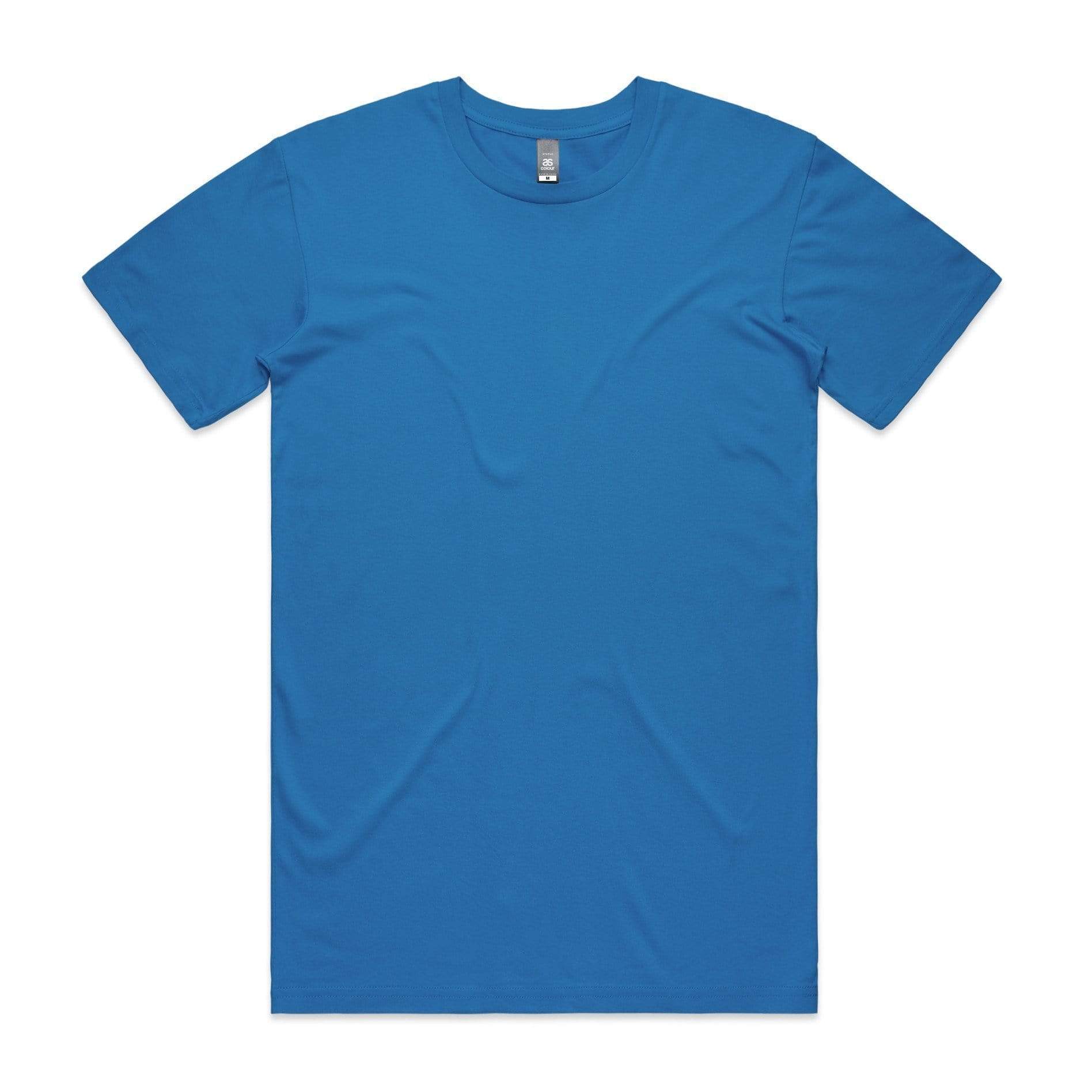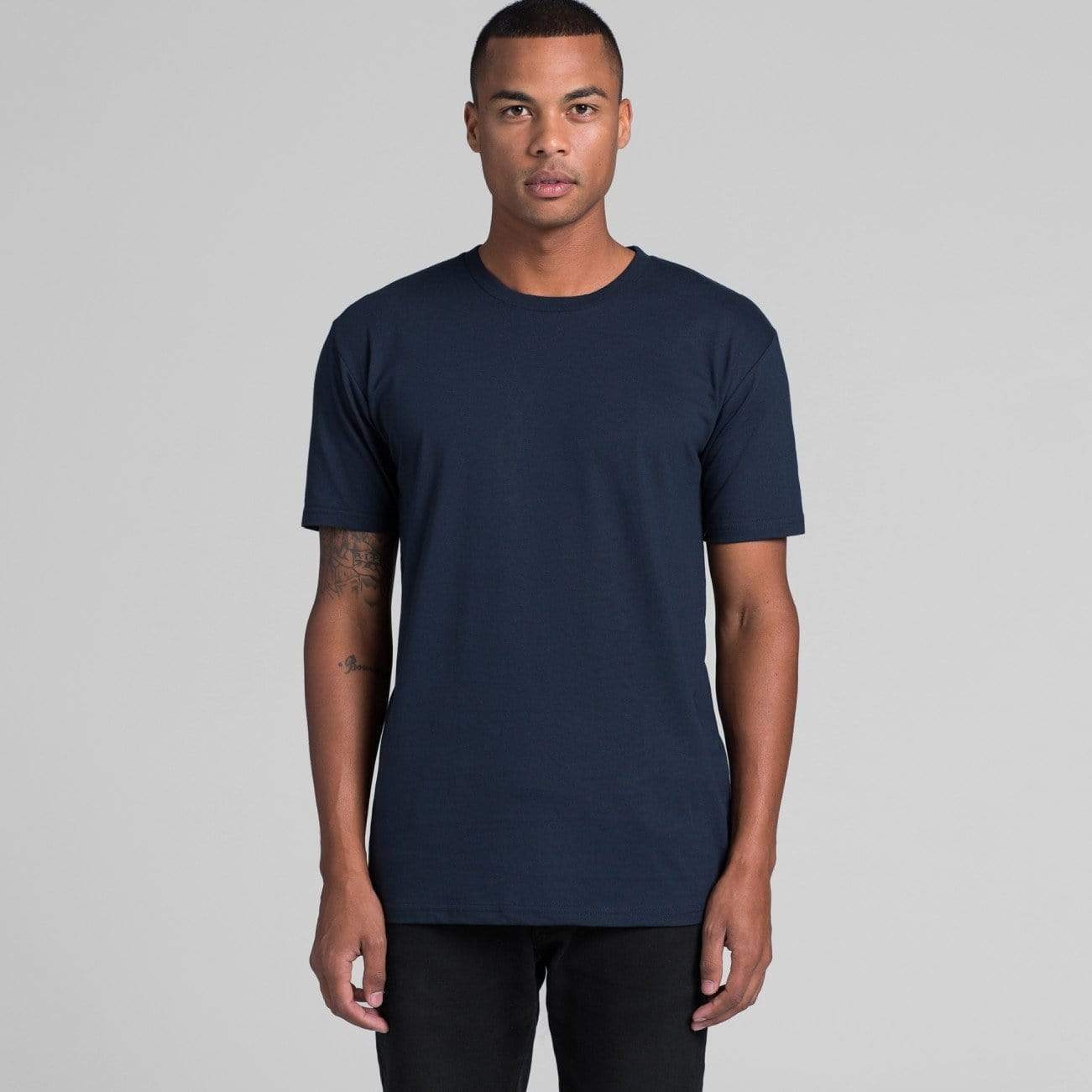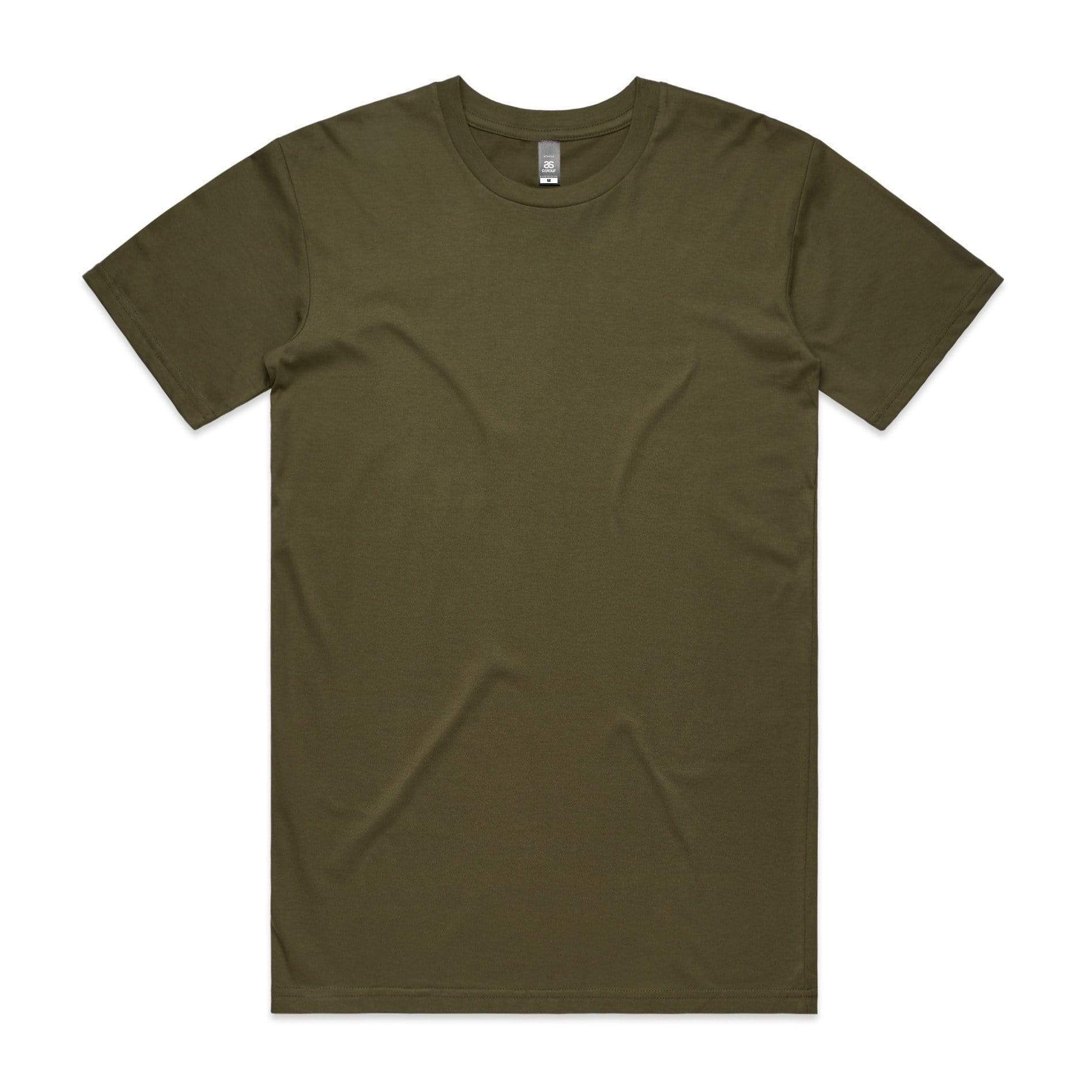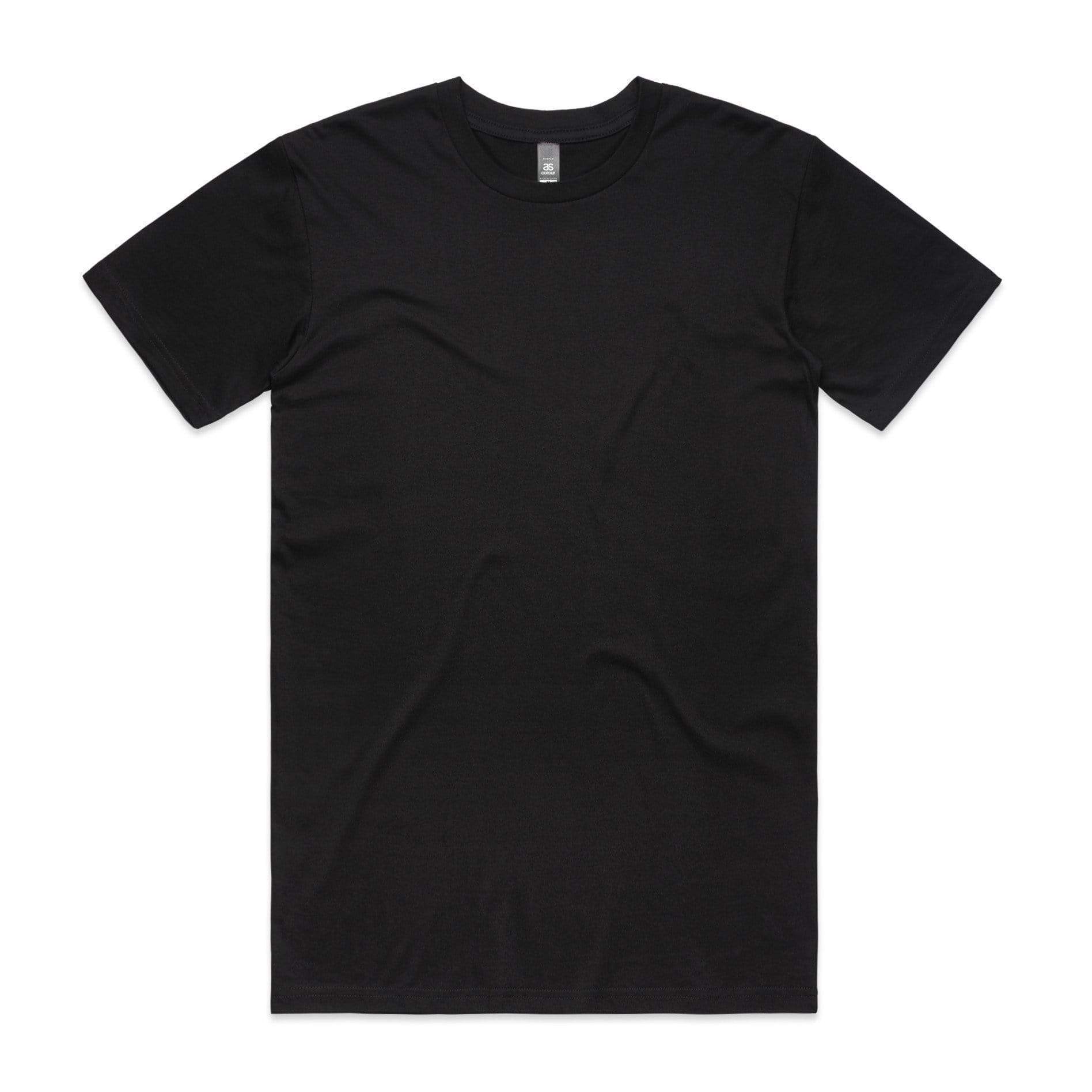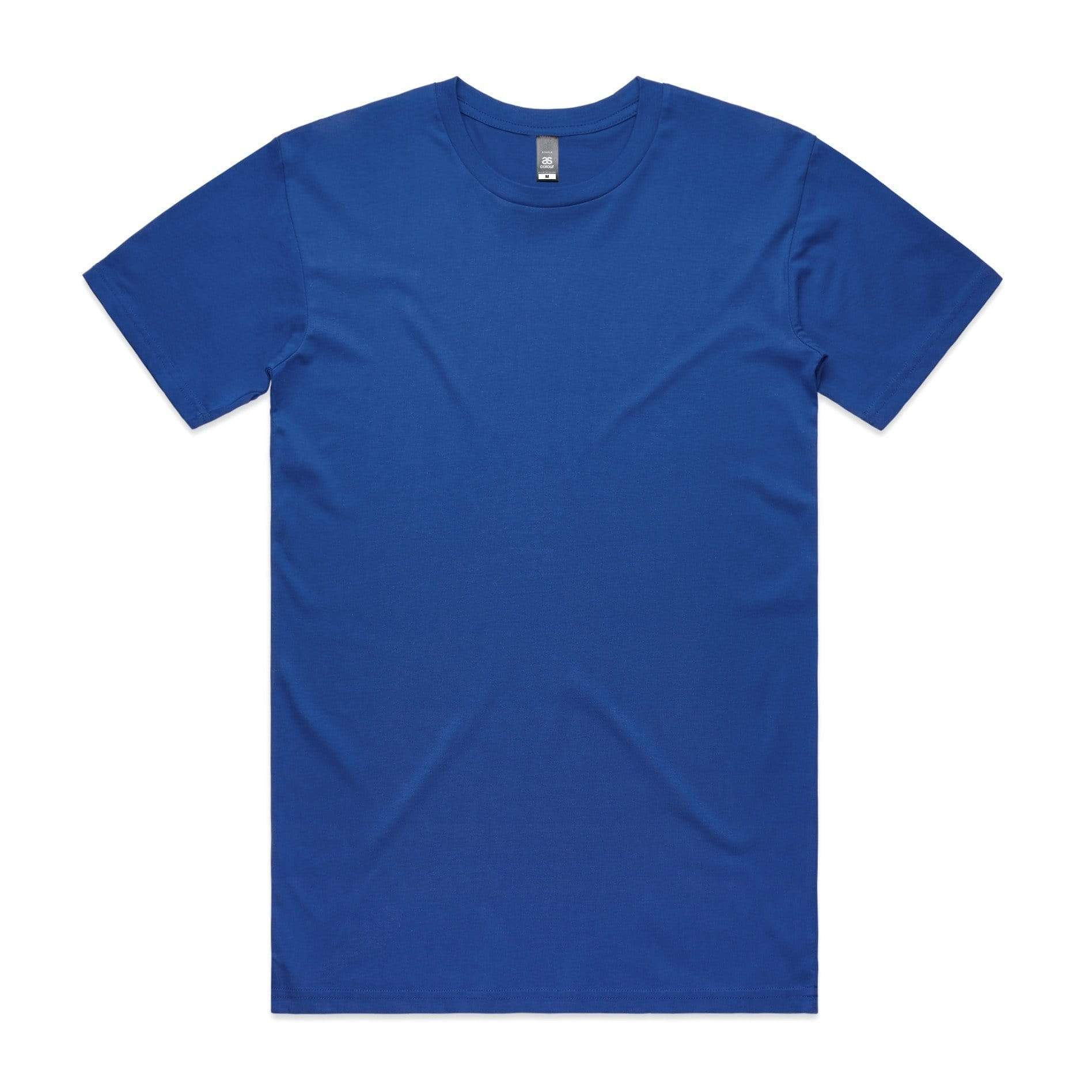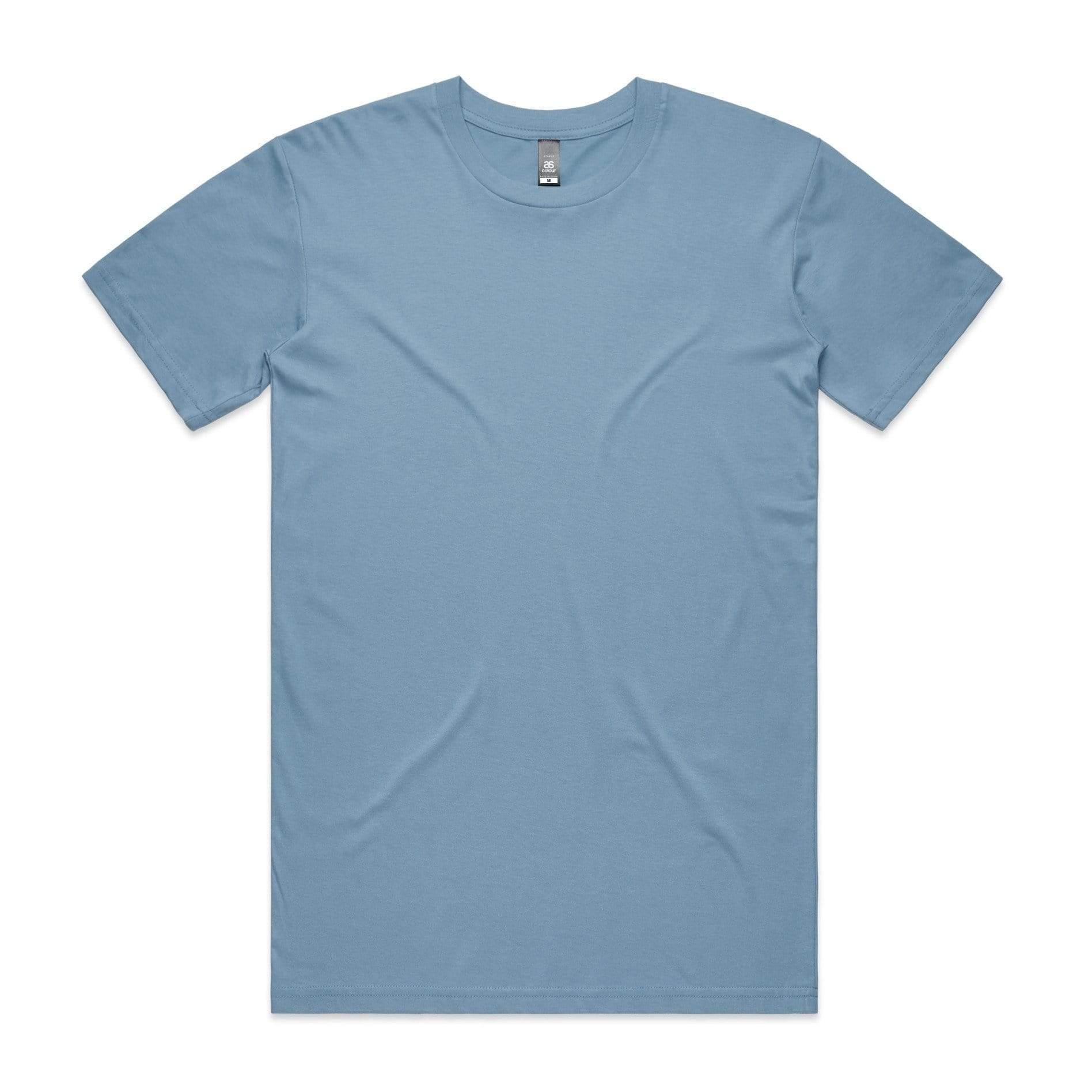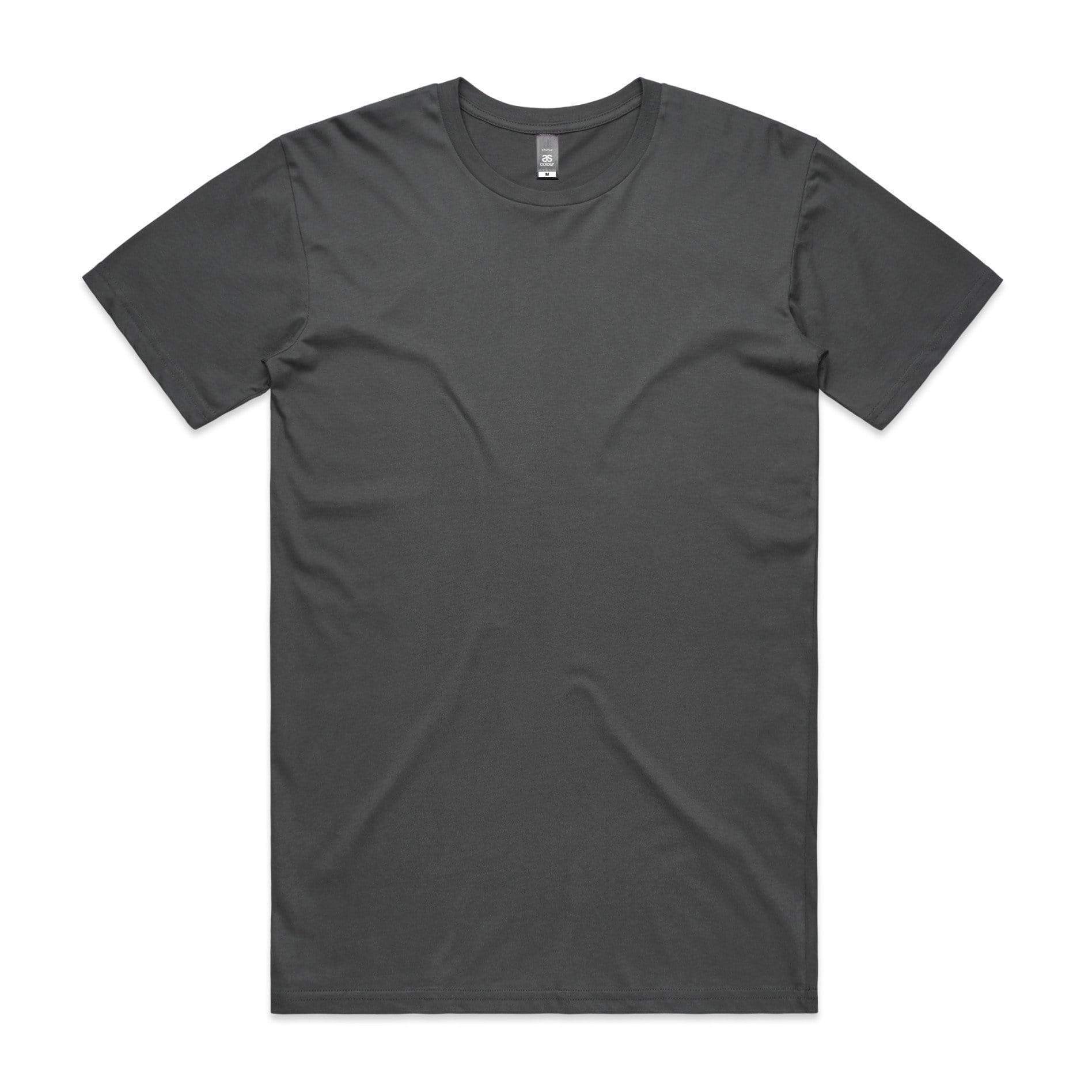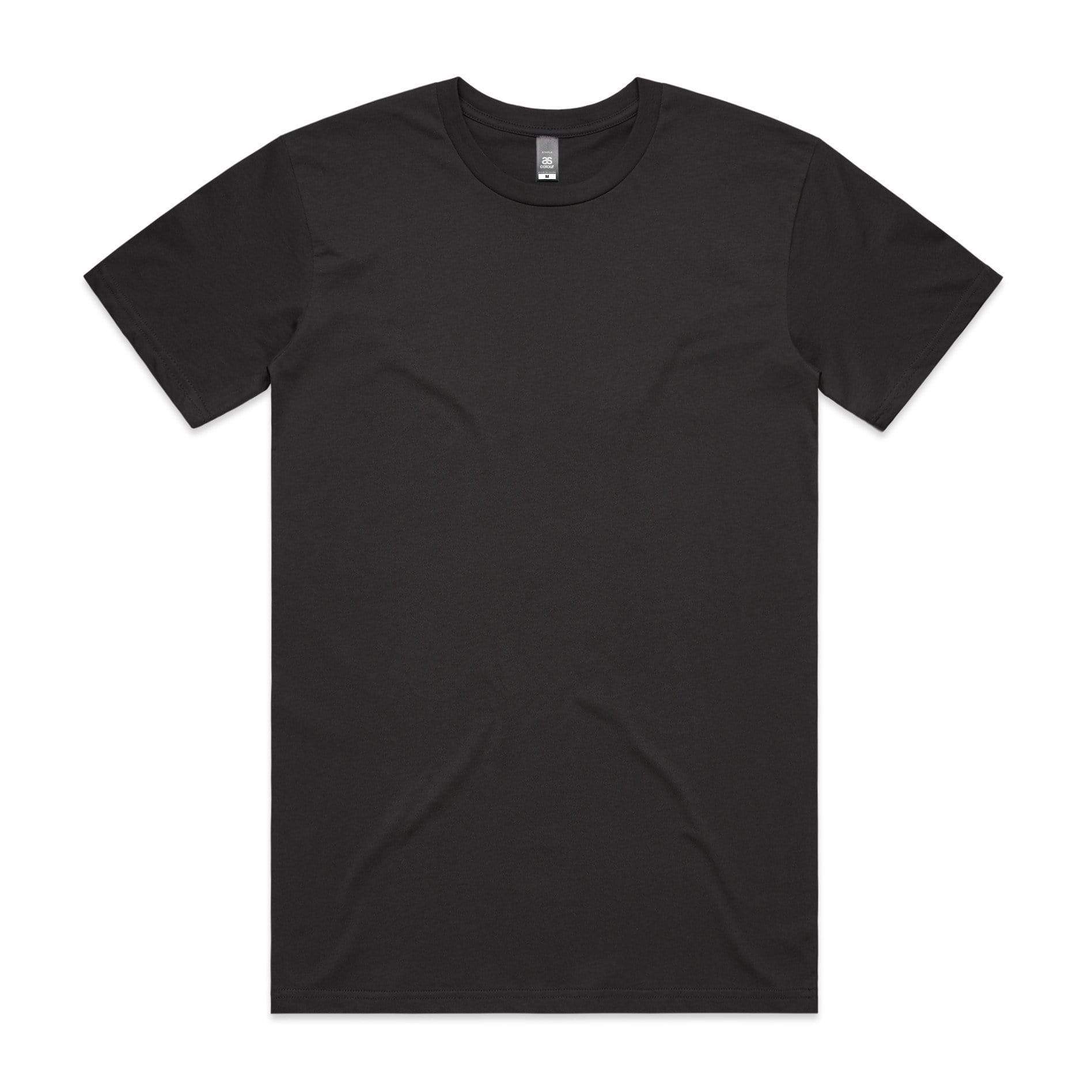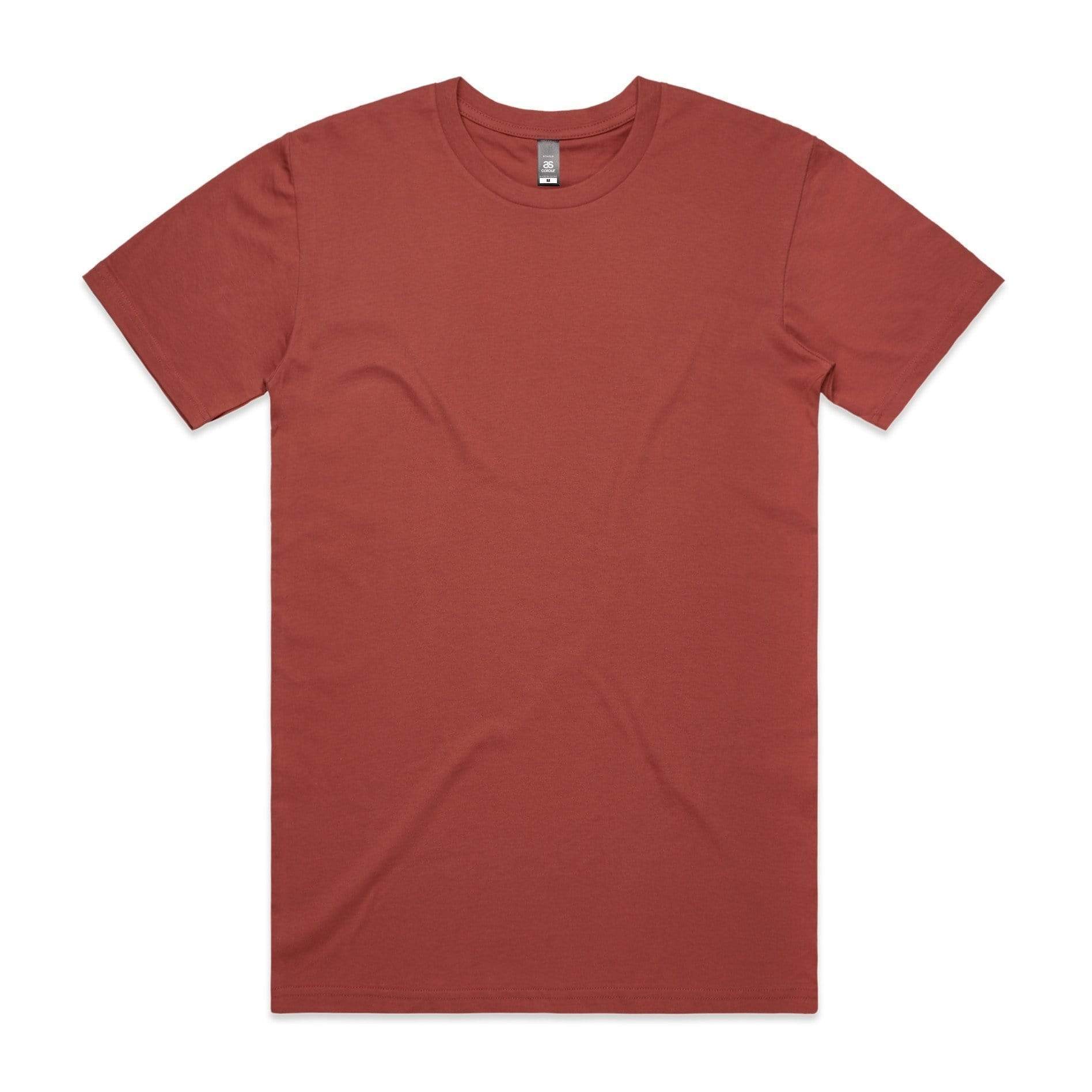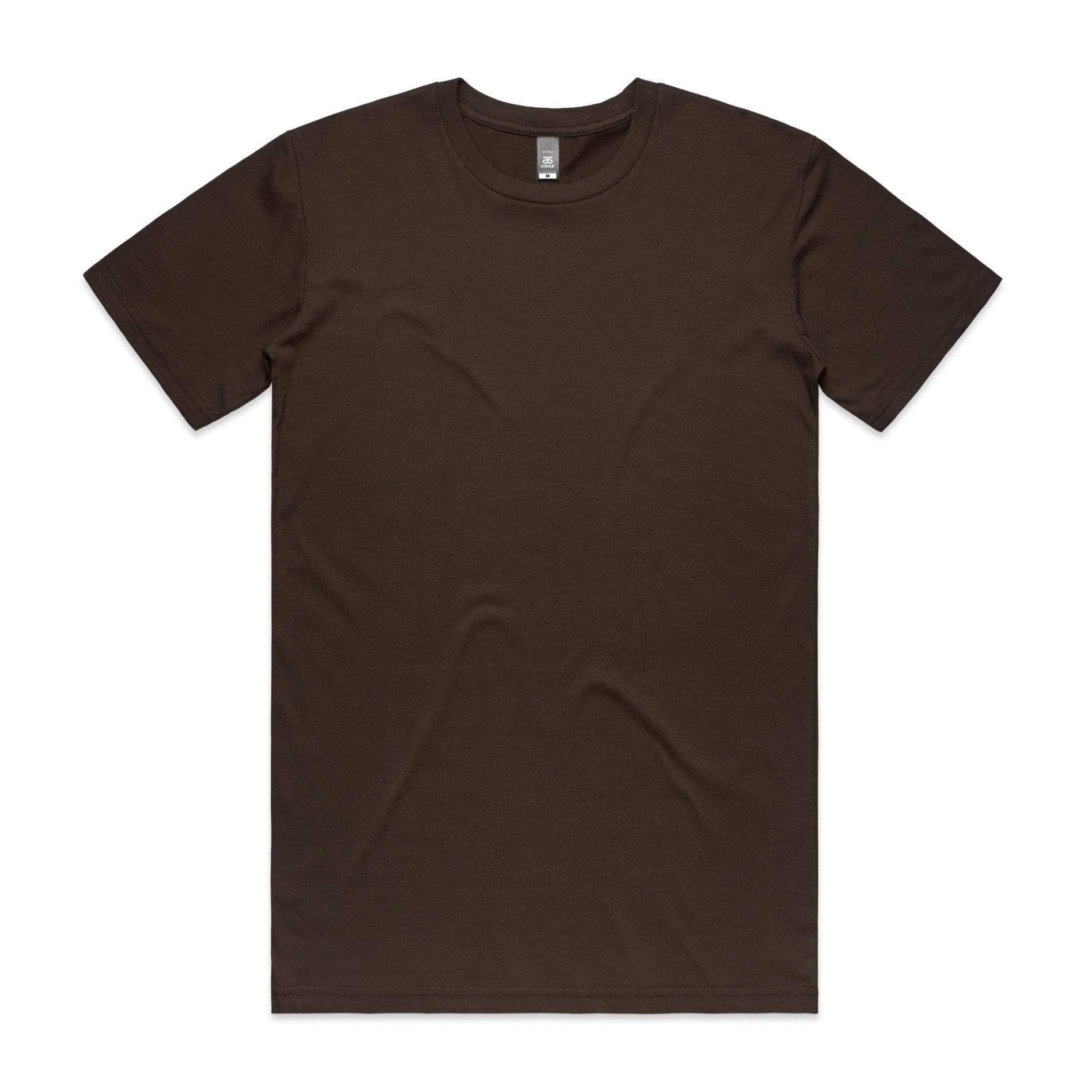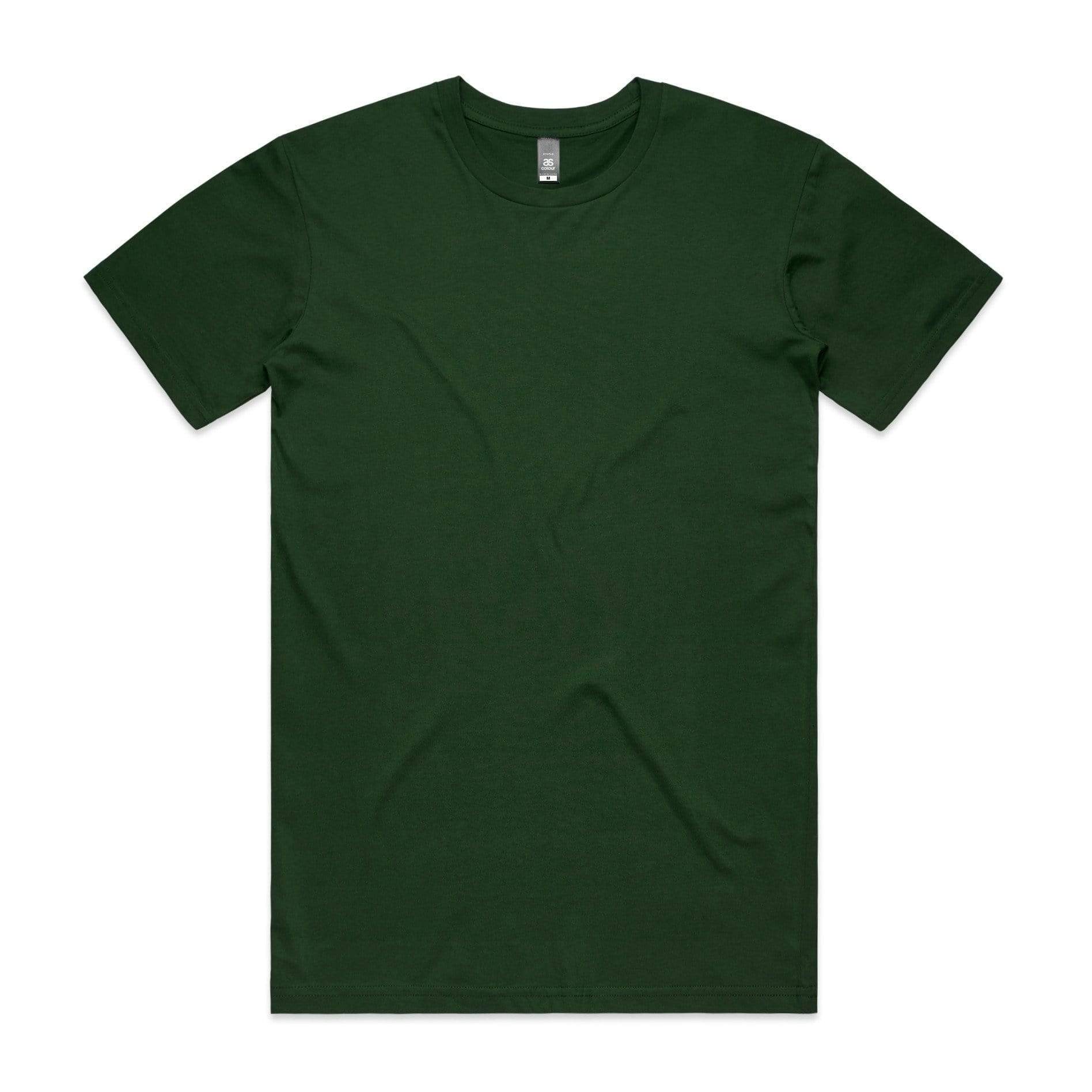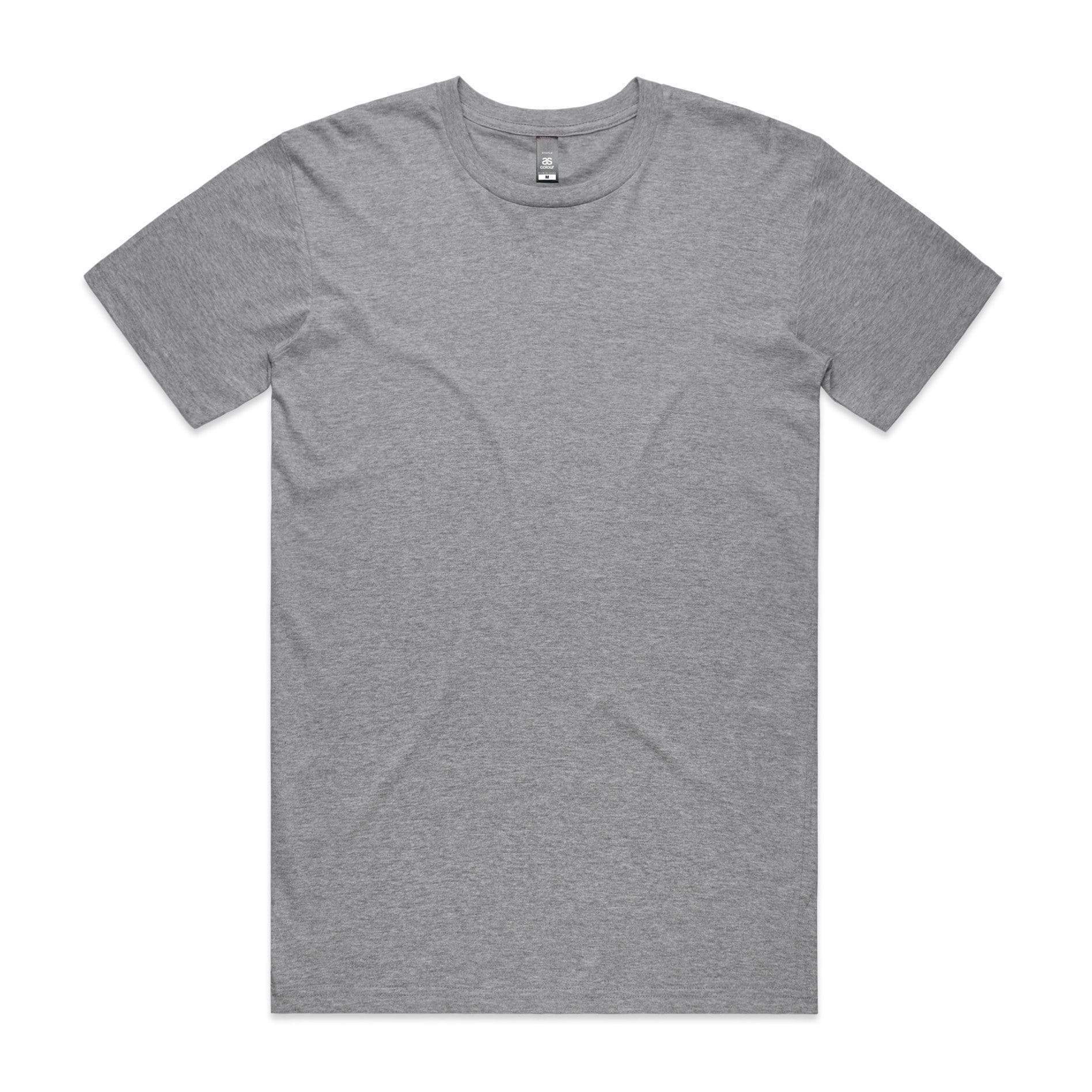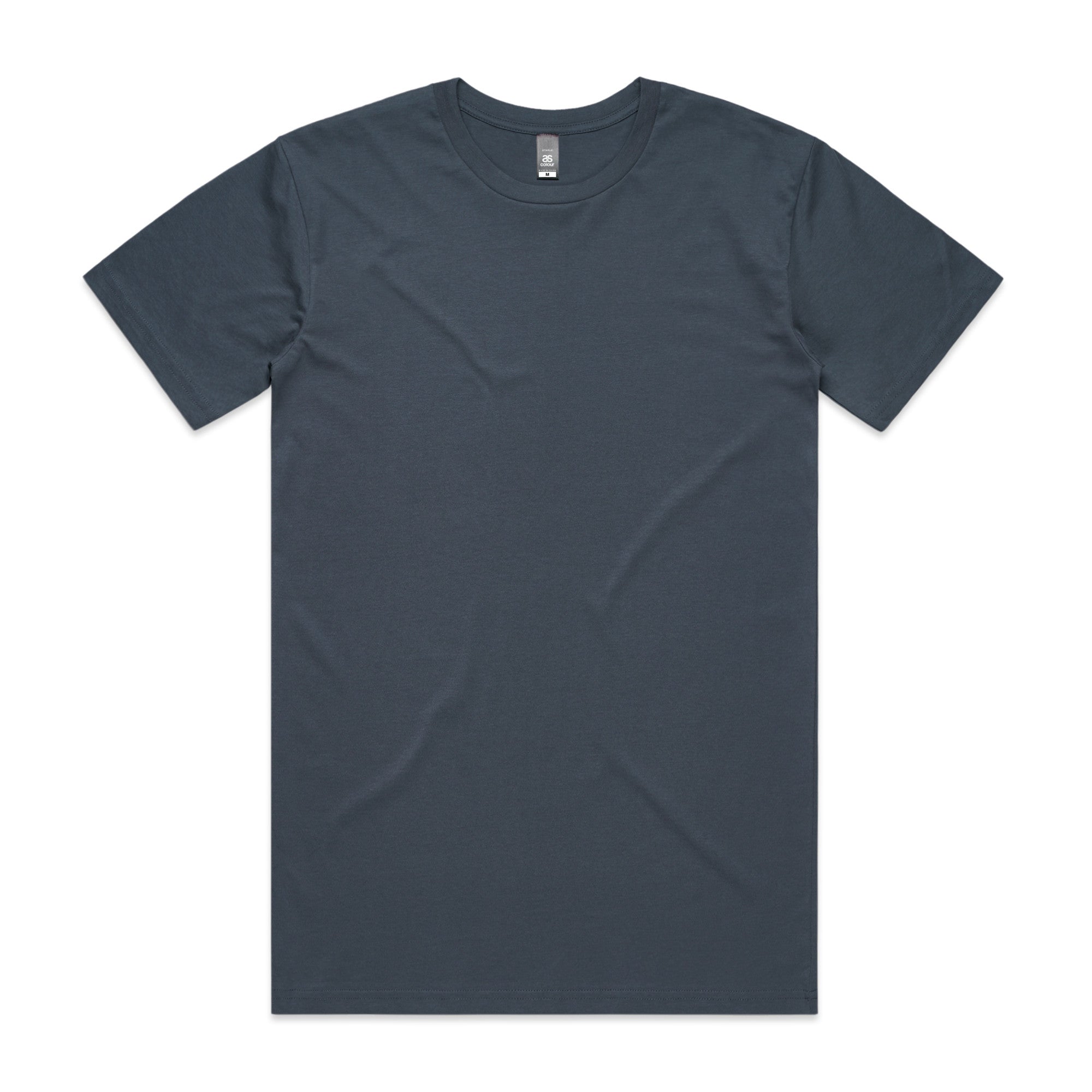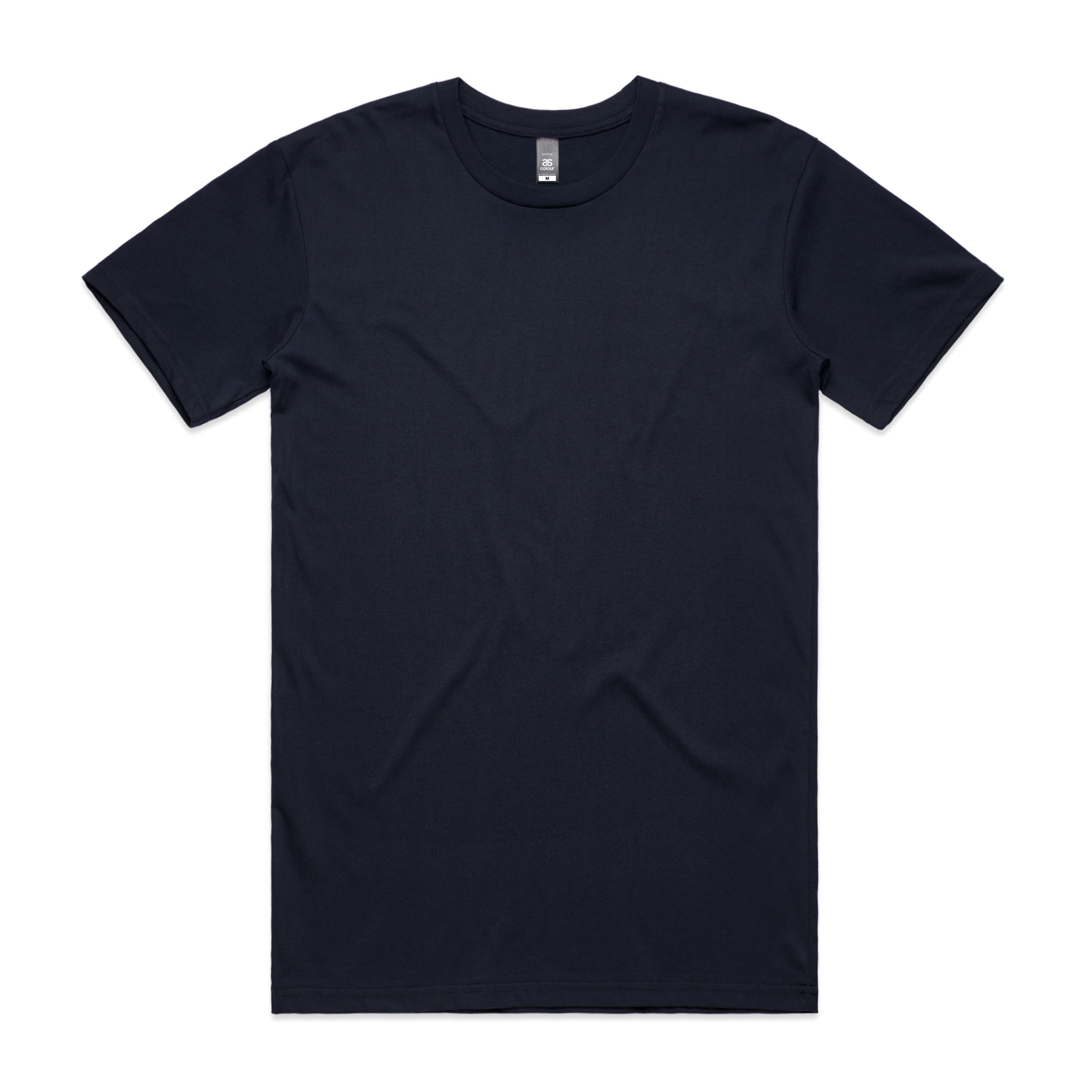History of the Game
History:
In 1891, a Canadian physical education professor called James Naismith was looking for an indoor game to keep his students busy on a rainy day at YMCA – today’s Springfield College in Massachusetts. James wrote the rules and nailed a peach basket on a 10-foot pole, at the time the peach basket had its bottom so the ball had to be manually retrieved after each point, later on, the bottom of the basket was removed, making the game more fluid.
Funny enough, peach baskets were used until 1906, they were then replaced by metal hoops. The baskets were originally nailed to a balcony of the playing court, spectators in the balcony began to interfere with shots. The backboard was introduced to prevent this interference; it also had the interesting effect of rebound shots.
Very different from what we know today, basketball was originally played with a soccer ball. The first balls made specifically for basketball were brown, and only in1950 the orange ball that we are used to seeing was introduced, it was picked to be more visible for spectators and the players.
Regulations:
Games are played in four quarters of 10 (FIBA) or 12 minutes (NBA).
Overtime periods last 5 minutes, except for high school (4 minutes).
Teams exchange baskets for the second half.
The clock is stopped while the play is not active.
Five players from each team are allowed to be on the court at the same time.
The game has unlimited substitutions but they can only be done when the game is stopped.
Standard uniform consists of a pair of shorts and a jersey with a clearly visible number, unique within the team, printed on both the front and back. Outside North America, sponsors' brands and names can be printed on the uniforms.
There is a limited number of “time-outs”, clock stoppages requested by a coach, for a short meeting with his players, is allowed. It can last up to 100 seconds in the NBA.
Violations
The ball must stay within the court; the last team to touch the ball before it travels out of bounds forfeits possession.
The ball is out of bounds if it touches a boundary line, or touches any player or object that is out of bounds.
There are limits placed on the steps a player may take without dribbling, which commonly results in an infraction known as “traveling”.
A dribble that touches both hands is considered stopping the dribble, giving this infraction the name “double dribble”.
Players can’t carry the ball by placing the hand at the bottom of the ball; doing so is known as “carrying the ball”.
Once having established ball control in the front half of the court, the team may not return the ball to the backcourt and be the first to touch it, otherwise, it's a violation that results in loss of possession.
Goaltending is a violation that occurs when a player illegally interferes with a shot. This violation is often incurred when a player touches the ball on its downward trajectory to the basket, unless in cases that the ball has no chance of entering the basket.
Fouls
An attempt to unfairly disadvantage an opponent through certain types of physical contact is illegal and is called a personal foul. Players who are fouled either receive the ball to pass inbounds again or receive one or more free throws if they are fouled in the act of shooting. One point is awarded for making a free throw, which is attempted from a line 15 feet (4.6 m) from the basket.
Positions
Although the rules do not specify the existence of any positions whatsoever, they have evolved as part of this game. The most common position descriptions would be:
Point guard ("1"): The fastest player on the team, organizes the team's offense by controlling the ball and making sure that it gets to the right player at the right time.
Shooting guard ("2"): Creates a high volume of shots on offense, mainly long-ranged; and guards the opponent's best perimeter player on defense.
Small forward ("3"): Responsible for scoring points via cuts to the basket and dribble penetration; on defense seeks rebounds and steals.
Power forward ("4"): Offensive player with the back to the basket; on defense, plays under the basket.
Center ("5"): Height and Size to score points and to protect the basket closely.
The above descriptions are flexible depending on the coach and the team’s strategy.
Order online https://www.flashuniforms.com.au/darts-uniforms/

